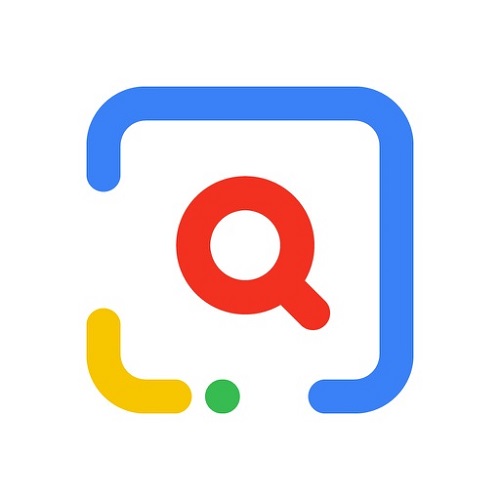Have you ever wondered how many of the images we share every day are protected by copyright? Sharing images on pages and social networks has become something natural, an almost instinctive activity in our daily lives.
We use images to illustrate our stories and posts on social networks, articles and essays and even our powerpoint presentations, never stopping to think whether these images have copyrights.
The average user does not care if an image is copyrighted before sharing it, since rarely someone will claim its use when there is no monetary explotation of it. The problem arises when we want to carry out a digital project with the intention of monetizing it, and you have to become aware of how many of the images you are planning to use makes you vulnerable to a copyright claim.

This is where sharing and reusing images stops being fun and starts feeling like you are walking on eggshells trying to avoid the possibility of losing all your profits because someone claims that you are exploiting their images without their consent.
To avoid this, many companies invest in designers and marketing teams that create original designs for the company, but usually this is not an option for entrepreneurs who are trying to start a project that requires a constant flow of new publications.
The other option is to limit yourself to using only those images and designs that are not restricted by copyright. The problem then would be how to detect those that can be used for these purposes, since many of them have been shared and re-uploaded so many times that it is difficult to identify them.
Luckily, there are tools like the Reverse Image Search API, which through the URL of a photo or design allow you to perform a reverse search until you reach the first time it was used.

In this way it is possible to get to the original source of an image, to verify who is the author of it and if it is protected by copyright. This tool is also very useful if one intends to contact the author of the image and ask for permission to use his design if the possibility exists.
Reverse Image Search API is very easy to use. By simply uploading the image or copying its URL, the tool will recognize the most distinctive parts of a photograph to build a kind of unique image trace, in order to search through the web for all similar images until reaching the first source of the same.
This way you can easily find different resolutions, extensions and sizes of the same photo without having to know how to use design programs.
Community managers frequently use the Reverse Image Search API to determine an image’s original source and check that it isn’t protected by copyright before posting it on a client’s website.
Marketers are also finding this tool to be incredibly helpful when assessing the success of a campaign. Reverse Image Search API will provide all the locations where the flyers and posters used to promote your most recent products were shared, including social media accounts.
Depending on how many searches will be performed using Reverse Image Search API each month, there are various plans available. For the majority of first-time users, a simplified approach can be used to gradually integrate this technology into their daily activities while they learn how to use it more effectively.
As users get more adept and learn how to use it to its full potential, they can upgrade to a higher plan, which will provide them access to more searches and more effective methods for filtering the results.


